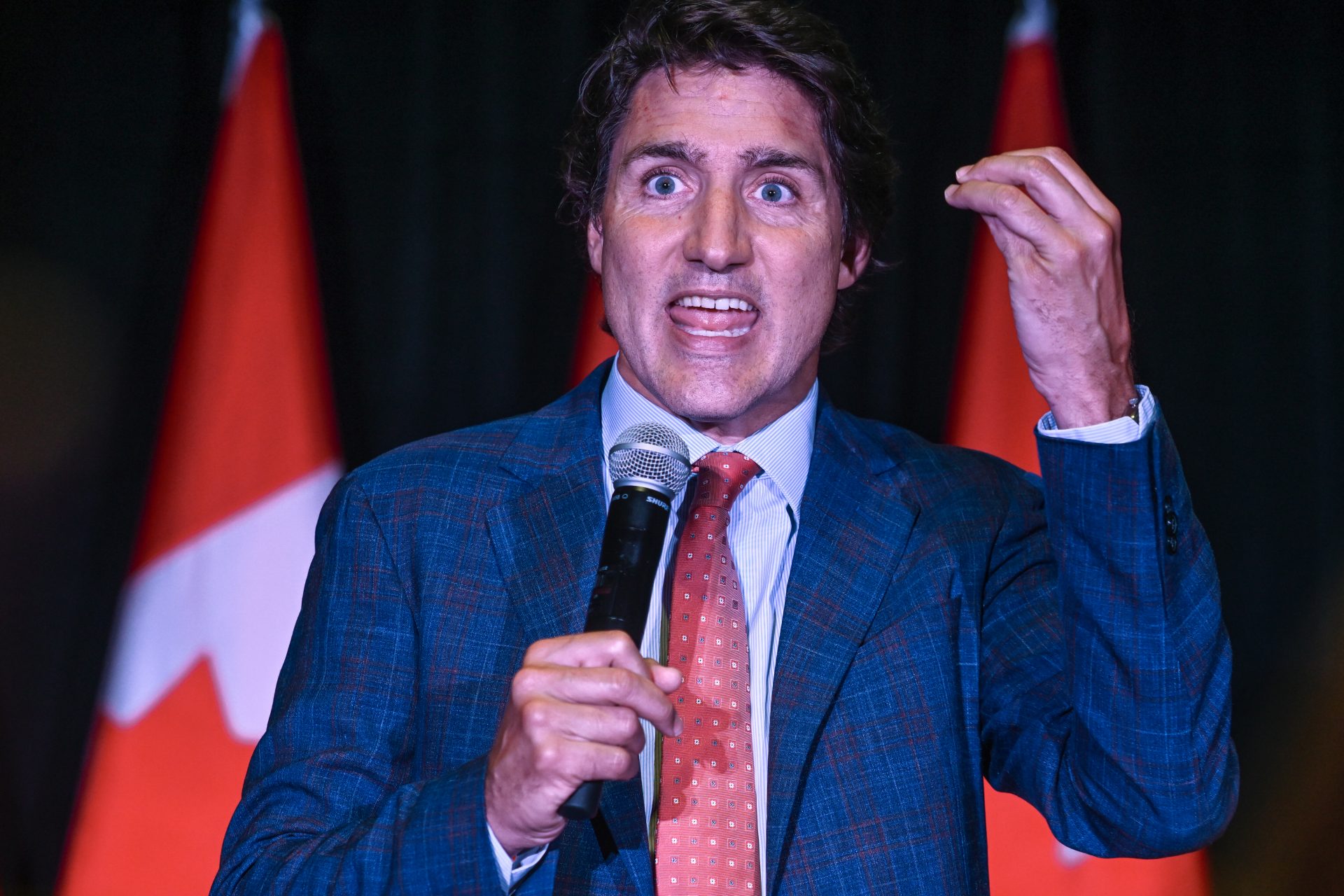Trudeau's government has hired nearly 21,000 new employees since last year
While many Canadians are struggling with inflation and making ends meet, that hasn't stopped Trudeau from doing some major spending by increasing the number of federal employees in the country. You might be shocked to learn just how many new people have been hired.
Information published by the Treasury Board of Canada earlier this month showed Trudeau’s federal government hired roughly 21,000 new employees since last year.
The addition of these new hires brought the country’s total number of personnel working for the federal government hired by Trudeau since he was elected to 98,268.
Canada’s federal public service now sits at 357,247 employees according to the report and that number was only at 257,034 workers when the Liberals took office in 2015.
That means Trudeau and his government have increased the number of federal employees by roughly 40% since being elected to office, which is an absolutely astounding figure.
“Was there a bureaucrat shortage in Ottawa before Trudeau took over?” Franco Terrazzano of the Canadian Taxpayers Federation said to the National Post.
“Canadians need a more efficient government, not a bloated government full of highly paid bureaucrats,” Terrazzano added. But what is this costing the Canadian taxpayer?
In April, the country’s Parliamentary Budget Office released a report revealing the total cost of the government's spending on public service and it's also been growing quickly.
National Post journalist Bryan Passifiume dug into the financial data from the report and found the costs for Canada’s public service was $87.5 billion in the 2019-20 fiscal year.
That number rose by 32% the following year when costs for the country’s public service rose to $115.9 billion in the 2021-22 fiscal year, but this wasn’t all related to personnel.
Passifiume noted spending on personnel only made up a little more than half the cost of the government’s total costs with costs rising from $46.3 billion to $60.7 billion in the same time period. But the growing costs can be explained from 2020 to 2022.
The time periods Passifiume looked at corresponded with the height of the pandemic, a period in which government spending by most Western countries was reaching an all-time high.
It would be safe to assume a large number of the government’s response spending was in adding additional personnel for their pandemic programs. For example, the country’s public health agency certainly was among the groups that saw a sharp increase in full-time positions according to Passifiume.
Employment and Social Development and the Canada Revenue Agency also saw major increases in their staff with roughly 18,000 full-time equivalent positions added between 2020 and 2022 according to the report from the Parliamentary Budget Office.
However, now that the pandemic is now over in Canada, why is the country still seeing its public sector employees increasing? Treasury Board spokesperson Barb Couperus attempted to answer this in an email to the National Post.
“Deputy heads of federal organizations are responsible for building an appropriate workforce to fulfill their respective mandates,” Couperus said in an emailed statement.
“In all cases, the Government of Canada’s commitment to providing quality services to Canadians will drive decision-making about human resources management,” Couperus added—a sentiment which at the very least Canadians can probably be happy about.
More for you
Top Stories






























